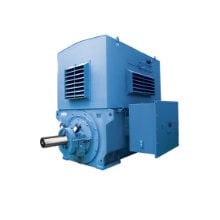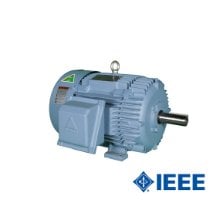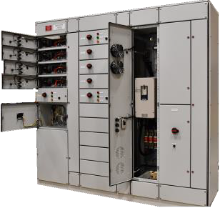Effective Steam Assisted Gravity Drainage (SAGD) well formation and operation are complex procedures requiring significant geological and engineering knowledge.
Well formation must be continuously monitored and steam injection rates continuously controlled in order to sustain proper chamber development and avoid locking out sections of bitumen or collapsing the chamber entirely. Maximizing individual well production rates in a sustainable manner under these conditions requires expert well pair control and real-time optimization.
The coordination of steam supply to each well pair is critical to maximizing overall site production efficiency. Site production rate targets and steam demands for each active well pair must be weighed against operational constraints including steam availability, water treatment system capacity, and active reservoir limitations. Load allocation between wells can be further optimized based on well production efficiency. The overall objective of an effective well pad control strategy is to balance the production objectives with operational constraints in a stable and sustainable manner in order to ensure long-term profitability of the system.
Spartan Controls' approach is to provide a comprehensive advanced control solution for SAGD well pad applications.
The core of our solution is to fully leverage the Emerson DeltaV™ digital automation system’s advanced control technologies, including DeltaV™ Model Predictive Control (PredictPro). Achieve operational goals, reduce maintenance costs, and optimize the performance of your assets by balancing production objectives with operational constraints consistently and sustainably.
Proven Results
A Customer was experiencing ongoing reliability issues at site, primarily focused on steam generation in which the system experienced pressure bumps on the fuel supply system and the Once Through Steam Generators (OTSG) units were not always able to cope with the fuel transition. The Spartan team worked for 8 months on new strategies aimed at stabilizing the fuel system and allowing the units to operate through fuel transitions. As a result, the Customer realized a savings of over $105 million and a reduction of 610,000t total CO2e annually.






